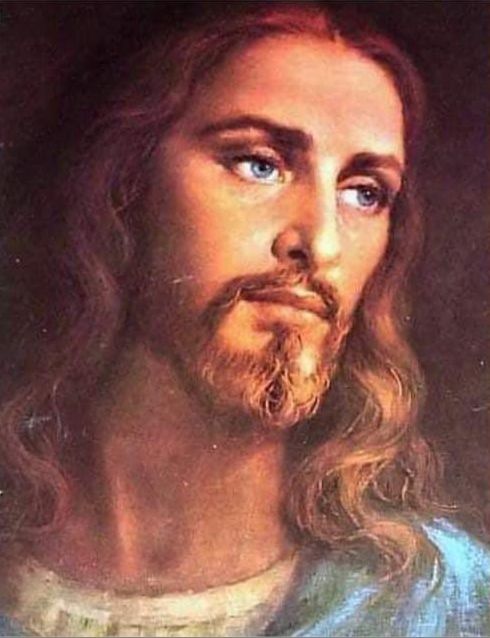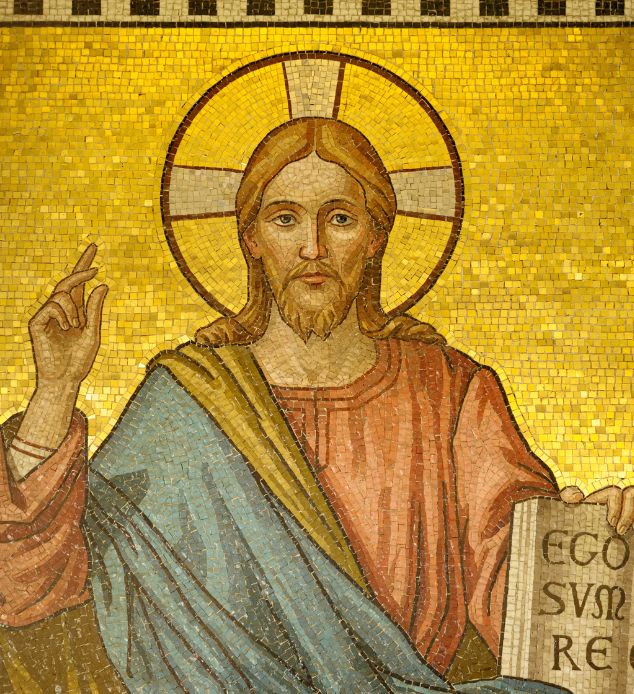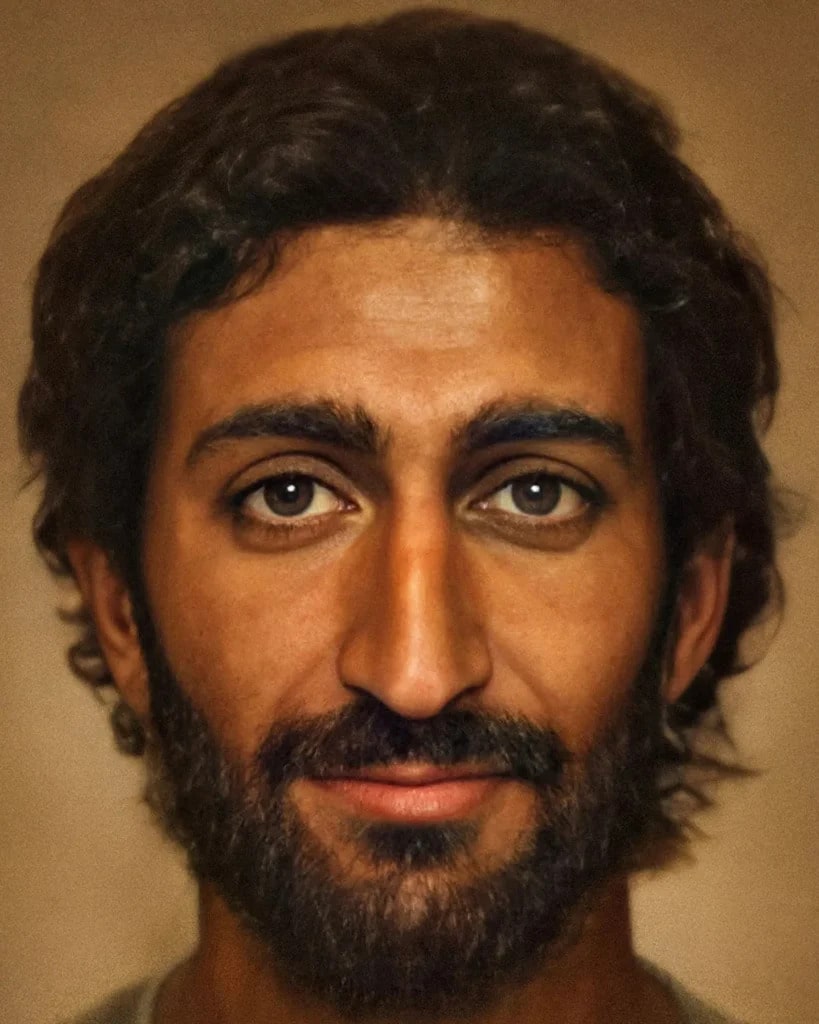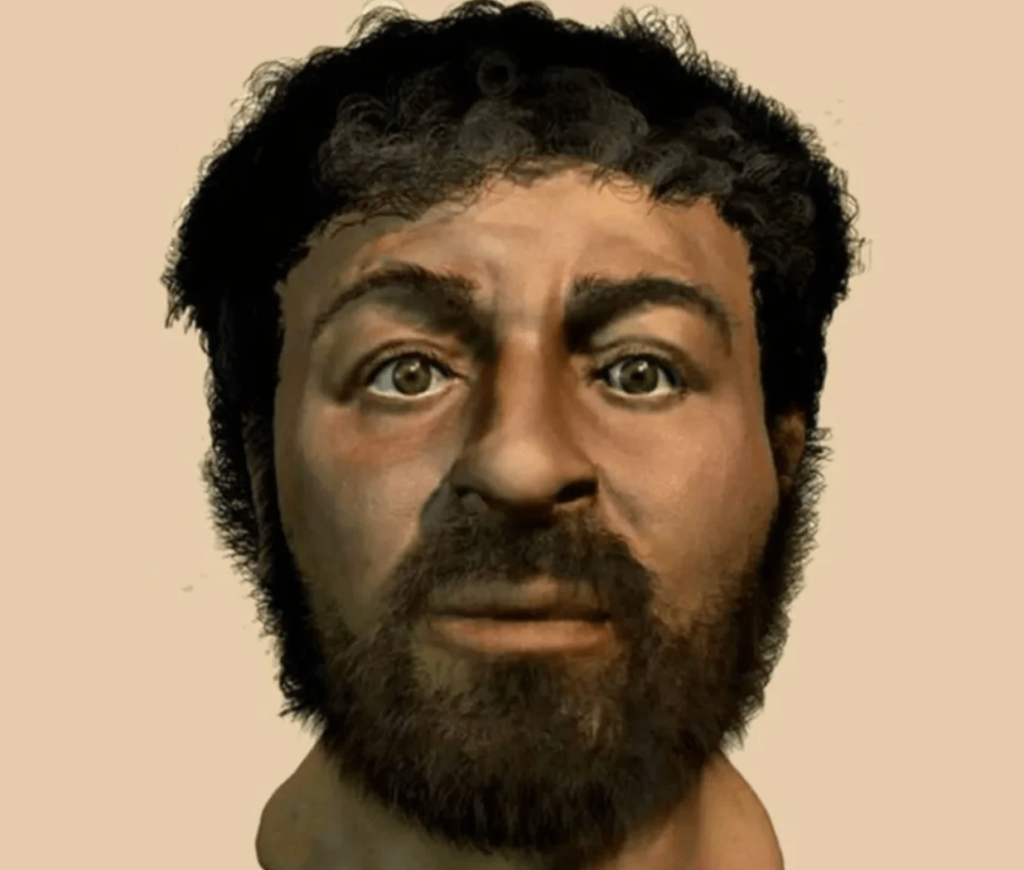
Have you ever wondered what Jesus Christ really looked like? The iconic image of a white, blue-eyed Jesus has been ingrained in our minds for centuries. However, scholars suggest that this portrayal may not accurately represent the historical Jesus.
Bas Uterwijk, a talented Dutch photographer and digital artist, embarked on a remarkable mission to uncover the true face of Jesus. Drawing on cutting-edge technology and Artbreeder’s machine-learning techniques, Bas sought to create an image that reflected the historical context of Jesus’ birthplace.

What was the result? A intriguing and unusual image that defies our conventional understanding of Jesus’ looks. Bas clarifies: “The AI software I used combines photographic portraits and painted renditions of human faces to create a synthesized image based on the user’s preferences.”
Bas carefully altered the hair and beard lengths and styles to reflect the conventions of Jesus’ time and location. He attempted to create an authentic Middle Eastern visage by incorporating aspects from Byzantine and Renaissance traditions.
It’s essential to note that Bas’s portrayal of Jesus is more of an aesthetic impression than a scientifically precise reconstruction. Born in Bethlehem to a Jewish family, Jesus grew up in Nazareth. According to historical documents, people in Judea and Egypt during that time had olive-toned complexions, ebony-black hair, and brown eyes.

Joan Taylor, an expert on Christian origins, explains that the iconic features commonly associated with Jesus, such as flowing hair, robes, and beards, emerged centuries after his time. Jesus’ looks were far more aligned with his geographical and historical surroundings. His complexion would have been darker, his hair shorter and black, and he would have sported a beard and sandals.
Taylor highlights that Jesus led an itinerant life, relying on others’ charity and participating in the sufferings of the less fortunate. According to historical accounts, he was humble, and his disheveled appearance resembled that of a beggar. Jesus stated, “Foxes have homes, birds have nests, but the Son of Man has somewhere to lay his head.”
Jesus’ influence extended beyond his local surrounds, reaching people throughout Europe and Africa. Richard Neave, a forensic facial reconstruction specialist, undertook an intriguing endeavor to create the likeness of a typical Judean guy from the first century, similar to Jesus. Neave’s restoration shows a stocky man with dusky skin, short hair, and an olive complexion.

These efforts to find Jesus’ genuine face encourage us to reconsider our preconceived beliefs and engage in meaningful discussions about the historical intricacies of this revered figure. Share this post with your friends and family, and let’s embark on the intriguing adventure of discovering the true Jesus, sparking enlightening conversations along the way.















